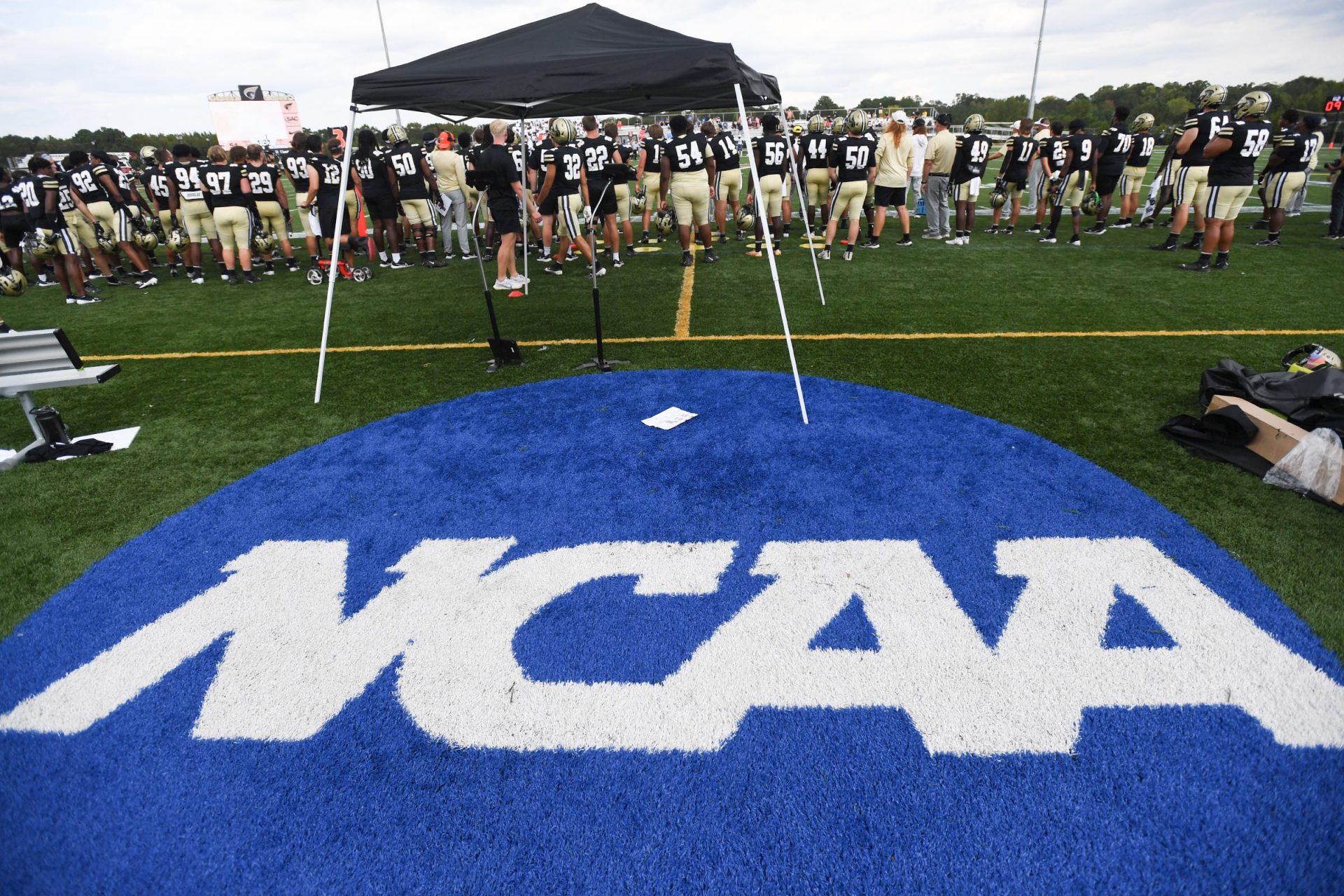Around the United States, college football teams belong to different conferences that vary in reputation, resources, and competitiveness. The NCAA Division I Football Bowl Subdivision separates teams into Power Five and Group of Five conferences.
Thanks to these labels, it’s easier to identify nationally recognized, well-supported programs from those with less visibility and funding.

The Power Five: The Elite Conferences
The Power Five is the name given to the five biggest and most famous conferences in college football. These conferences typically feature top-ranked teams, attract elite recruits and secure major TV contracts.
The conferences in the Power Five are:
- Atlantic Coast Conference (ACC): Many eastern schools in the United States have success in both football and basketball.
- Big Ten Conference (B1G): This conference, which started many years ago, is made up of schools mainly from the Midwest and has a history of well-known rivalries.
- Big 12 Conference: The conference has schools from the middle of the United States, with reputations for good football and basketball.
- Southeastern Conference (SEC): Widely regarded as the most dominant football conference, the SEC features southern schools that consistently produce NFL talent.
- Pac-12 Conference: Before realignment in the 2020s, the Pac-12 was part of the Power Five, but after the move, most of its members followed to other top conferences. Only two schools remain as of 2024–25, and the Pac-12 is no longer considered a Power Five conference in football.
The Group of Five: The Other FBS Conferences
The Group of Five refers to the other five conferences in the Football Bowl Subdivision (FBS) of NCAA Division I football. These conferences generally receive less media attention, have similar budgets, and play a less prominent role on the national stage than the Power Five.
The Group of Five includes:
- American Athletic Conference (AAC): The competing schools are Memphis, Tulane, Navy, and other squads.
- Conference USA (CUSA): It includes schools like Liberty, Western Kentucky, and New Mexico State.
- Mid-American Conference (MAC): Among its schools are Toledo, Northern Illinois, and Bowling Green.
- Mountain West Conference (MW): Includes Boise State, Air Force, and San Diego State.
- Sun Belt Conference: Includes Appalachian State, Louisiana, and Troy, among other teams.
Resources, revenue, and historical success are key factors that distinguish Power Five and Group of Five programs.
Power conference schools have more funding, better facilities and wider media exposure, which allows them to recruit top athletes and consistently compete at the highest level.
While Group of Five teams can occasionally deliver upsets and even reach the College Football Playoff, they typically lack the same level of investment and recognition as their Power Five counterparts.
KEEP READING: 2025 Way-Too-Early College Football Top 25 Power Rankings
Ongoing conference realignment is reshaping the landscape of college football. Regardless of size or status, every conference plays a role in shaping the future of the sport.
College Sports Network has you covered with the latest news, analysis, insights, and trending stories in college football, men’s college basketball, women’s college basketball, and college baseball!

